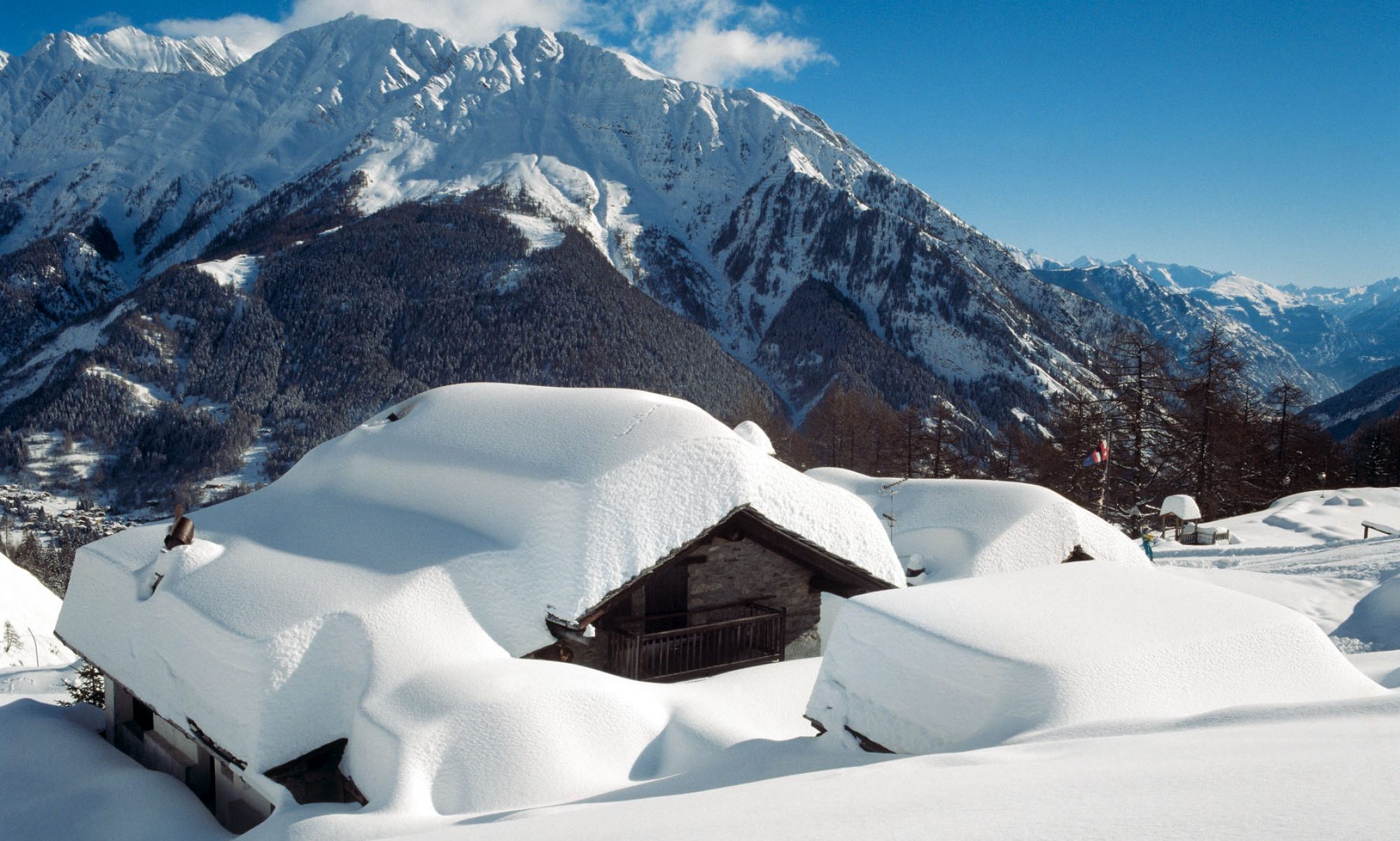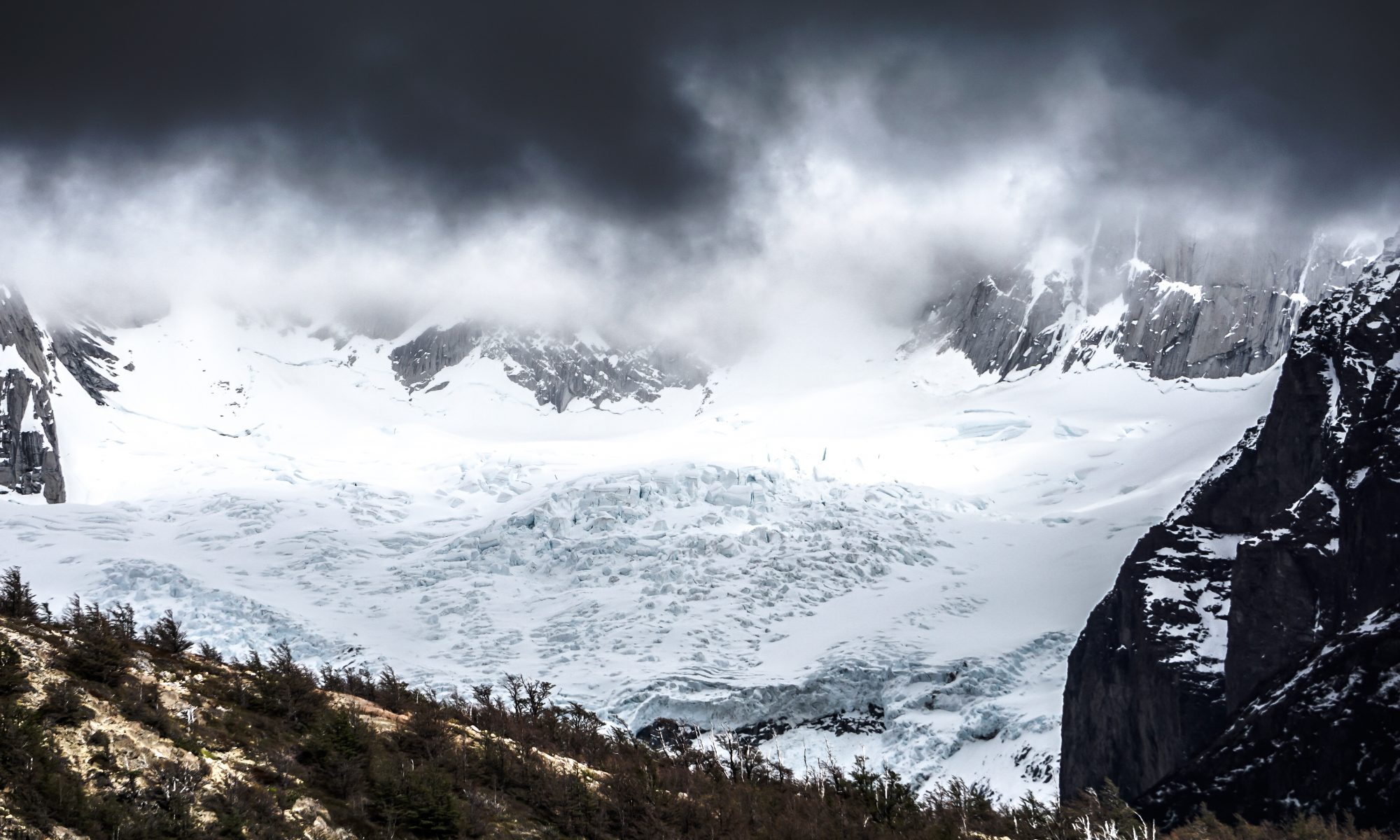What is the real risk that avalanches pose?
From Swissinfo.ch
How common are avalanches in Switzerland?
Over the past 20 years, there has been an average of 100 reported avalanches a year where people were involved. On average, 23 people die in avalanches every year, the majority (+90%) in open mountainous areas where people were off-piste skiing, snowboarding, or backcountry touring on skis or snowshoes.
In controlled areas (roads, railways, communities and secured ski runs) the 15-year annual average number of victims dropped from 15 at the end of the 1940s to less than one in 2010. The last time anyone died in a building hit by an avalanche was in 1999.
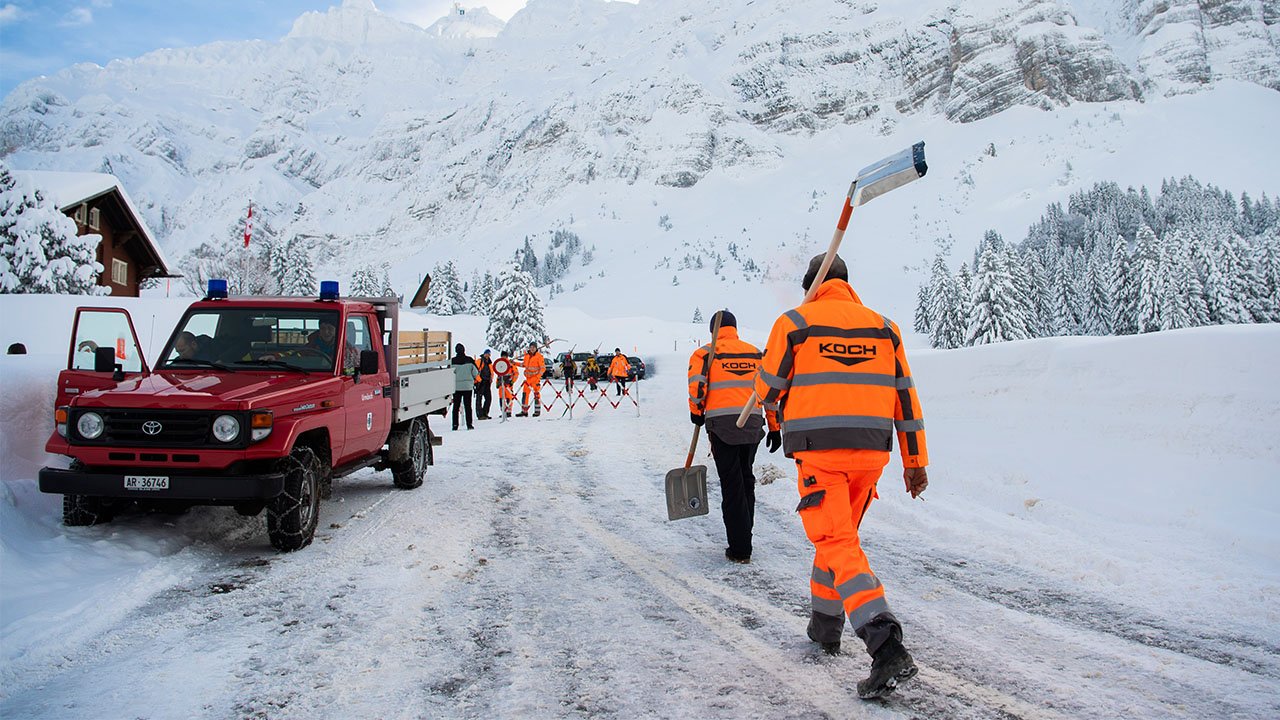
Avalanches such as the one that hit the Hotel Säntis in Schwägalp are rare.
Bruno Vattioni, director of the Säntis lift company, said on Friday “an avalanche of this size is not predictable”. Locals have not experienced anything like it in the 84 years’ existence of the Säntis cable car. Normally, the southern face of the Säntis, the other side of the peak, is the more dangerous.
How are avalanches normally monitored?
Since 1945, the national avalanche warning service, run by the Institute for Snow and Avalanche Research (SLF) in Davos, produces a twice-daily national avalanche bulletinusing data gathered by 200 people trained to do the job and 170 automatic measuring stations dotted across the Swiss Alps. This information is shared and used by the police, cantons, communes, mountain resorts, rescue services and other winter professionals across the country.
Are they normally successful at monitoring and protecting against avalanches?
The density of the avalanche warning network and the level of training and expertise is unique to Switzerland. But it cannot catch every avalanche, as SLF avalanche forecaster Frank Techel explained to swissinfo.ch.
“We have an extensive observer network that is spread evenly across the Alps and Jura mountains. But we only hear about a fraction of all avalanches. We can’t monitor every avalanche as sometimes there is poor visibility or heavy snowfall and they may go unnoticed if far from a populated area. We don’t have an observer in every valley,” he said.
Since the deadly avalanche winter of 1951, organised avalanche mitigation has improved dramatically. This led to the creation of avalanche bulletins, hazard mapping and mitigation projects. Defence structures, such as steel bridges and snow nets, sprouted up across the Swiss Alps above protection forests. Today, they stretch over 1,000 kilometres, protecting resorts and other locations.
Last November, Switzerland and Austria’s knowledge, experience and strategies of managing avalanche risks were officially recognised as a global cultural treasure by the United Nations and given coveted UNESCO intangible cultural heritage status.
This SLF chart below shows the depth of snow on January 10, as a percentage of the long-term averages.
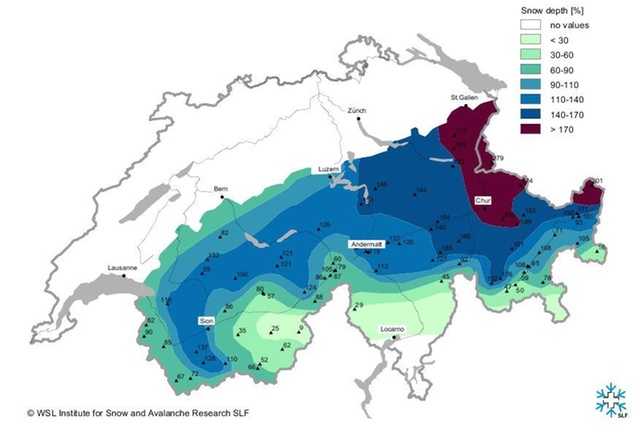
Are there any rules on where buildings can be built, as far as avalanches are concerned?
Hazard maps are used by the cantonal and communal authorities to define where avalanches frequently occur and safe building zones, and where additional protection measures are needed.
What happens if there is a high avalanche risk?
In affected regions, a local avalanche commission – which may comprise local officials, police officers, mountain guides and ski resort workers – typically meets to analyse SLF regional forecasts and other local weather data to assess the conditions and to decide upon appropriate action, which may involve closing ski areas, hiking trails, roads, buildings or evacuating residents and tourists.
How can people visiting the Alps take precautions, and do they even need to?
If visitors to the Alps are concerned about potential snow and avalanche risks, they should check with their tour operator, or local tourism office. Additional up-to-date information on avalanches and weather can be found at the following websites: SFL, SRF Meteo and MeteoSchweiz.
More Info: Swissinfo.ch
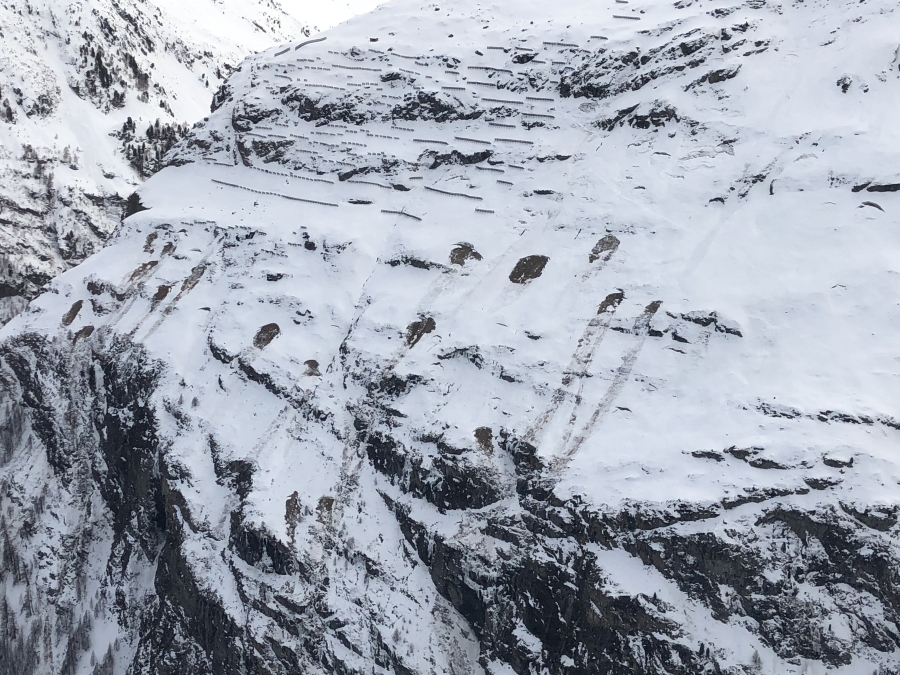
You can see our recent article on how avalanches claimed two lives in Switzerland the past week. Or read how an avalanche of 300 meters width crashed into a hotel in Eastern Switzerland.
The-Ski-Guru TRAVEL can organise your bespoke ski trip to the Americas, Alps or Japan, including for those going from Britain to Europe, booking your Eurotunnel trip, and for all trips: lodging, lift tickets, rentals, ski school, and all you need for an excellent vacation. Go to https://www.the-ski-guru.com/travel and upload your information – this page will be updated soon with more travel ideas. Check our Easter offer to Obergurgl-Hochgurgl and Sölden to ski with your family.
You can start thinking about your trip, by reading the articles on the Planning your Ski Trip tab. Or how to pack for your family ski trip. If taking your furry friend abroad to the continent, read about the new Pet Travel Scheme update from DEFRA. Check out our tips for driving to the mountains. If flying and renting a car in Europe, beware of the extra charges they will pass to you if you want winter tyres, snow chains or ski racks. If driving, check the winter tyres news for Europe and North America.
Or you can read our last news on equipment as seen at the London Ski Show. Also, the new range of skis of Black Crows, one of our favourite brands. Lots of snow makes you wonder how the resorts deal with the avalanche danger. Here you can read the interview to Coco Torres, former Head of Operations of Las Leñas, in Argentina, as how they dealt with avalanches at the resort.
Or perhaps you may choose to read the Ski Resort News, Ski Passes News, and the Must-Read Guides to Lech, Zermatt, Courmayeur, Val di Fiemme and Crans-Montana. Coming soon will be the guide to St Anton. Or watch an amazing heli flight over the Mont Blanc Massif. Also see tips on how not to be scammed when booking a ski chalet.
You can also read what’s new at Les Trois Vallées and the last article on what is new at the Tirol ski areas, in Cervinia, in La Plagne, in 3 Zinnen Dolomites , in Adelboden, Lenk and Kandertal, in Gstaad, in Chamonix, in Georgia’s Gudauri Resort and in the Skicircus Saalbach Hinterglemm Leogang Fieberbrunn. And how the US Ski Team has chosen Alpe Cimbra to train for the following four ski seasons as their European home. Here is the link to our post on the My Voucher Codes ranking of best European Ski Resorts.
Crested Butte will have a new chairlift to replace Teocalli lift for the 2019/20 ski season.
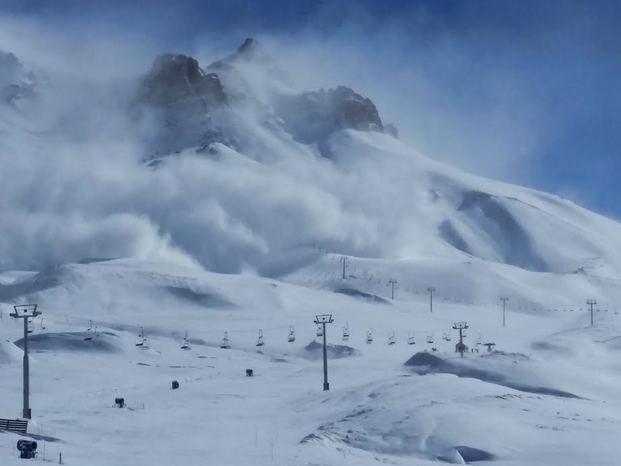
You can plan where to eat in Aspen Snowmass or which events to attend on-mountain while there. Sudtirol ski areas have started and their famous Christmas markets have kicked off too. And Cortina D’Ampezzo is getting ready for this winter and the 2021 World Ski Championships.
Another classic resort, such as St Moritz has been in the news for its famous Cresta Run be opened again for women after a 89 years ban.
Also, you can read how Grandvalira will be staying together as one lift ticket company and how they are adding Ordino Arcalis to this offer. And also read how someone tried to sabotage some lifts in Vallnord’s Pal Arinsal. And as if it is starting to be a trend, there were two lifts sabotaged in Passo Rolle, in Val di Fiemme, Trentino. Fortunately they were repaired in record time to open to the public. Also, Mt Hood Meadows was forced to evacuate one lift with 150 skiers and boarders due to a power failure. And the same was the case in a lift with 140 skiers/boarders in Whitefish, Montana. Or read about the latest investments in Whistler Blackcomb. Or see how Taos is going against the industry trend, and instead of merging with the two biggest oligopolies in skiing at the moment, it goes and buys an airline to get more bums in resort. Or how Jackson Hole is appealing to families and beginners – it is not only a resort for expert skiers anymore. Another great area for families is Stubaital in the Tirol. And a new coming ski area that got funding for its first lift is Skeetawk in Alaska. Courmayeur is opening this season two new trails, one that is 70% steep – not for the faint-hearted! Or read how a group of experienced industry insiders got together to purchase Tamarack Resort. And how Peak Resorts finalised the acquisition of the resorts of Snow Time. You can also check how Vermont’s ski passes are the most expensive in New England.
Also read how one employee of Aspen Ski Co got caught in an avalanche but got out unscathed while scouting terrain for the Aspen Mountain Powder Tours. Or how the a gondola of the new American Eagle lift from Copper Mountain crashed into the snow in a trial run. The resort confirmed that the chondola will be fixed before it’s opening day. Plus this week, some gondolas got tangled in Hochzillertal. And there was a gas explosion at the Grand Hotel Zermatterhof that injured six, before its opening date.
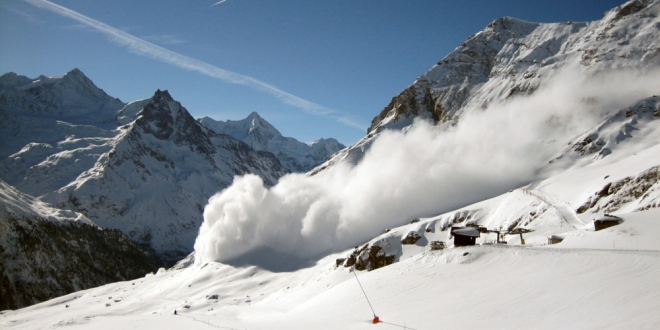
You can keep up to date on how are the sales for the EPIC and IKON passes are doing here. Read how Emma, the first Digital Mountain Assistant, is launched in Keystone now and will be rolled to eight other resorts this season. And even read about the new incorporation to the IKON Pass: Valle Nevado. Here is also a post on the South American resorts.
Also, Rob Katz and his wife Elana Amsterdam donated 2 million USD in grants to support mental and behavioural health programs in ski towns of North America. And see how Aspen Skiing Company released its sustainability report 2018.
And here is a summary of a report by LISTEX on the State of the UK Snowsports Market.
And what Switzerland could look by 2060 due to climate change.
Or check out how now with the EPIC Pass you can ski in Europe, specifically in Les Trois Vallées and the resorts of Skirama Dolomiti in Trentino’s Italy. Or see our review of L’Héliopic Hotel Sweet & Spa if thinking in staying in Chamonix this winter.
Featured Image: Photo- Mike Suarez- Unsplash. What is the real risk from avalanches?
